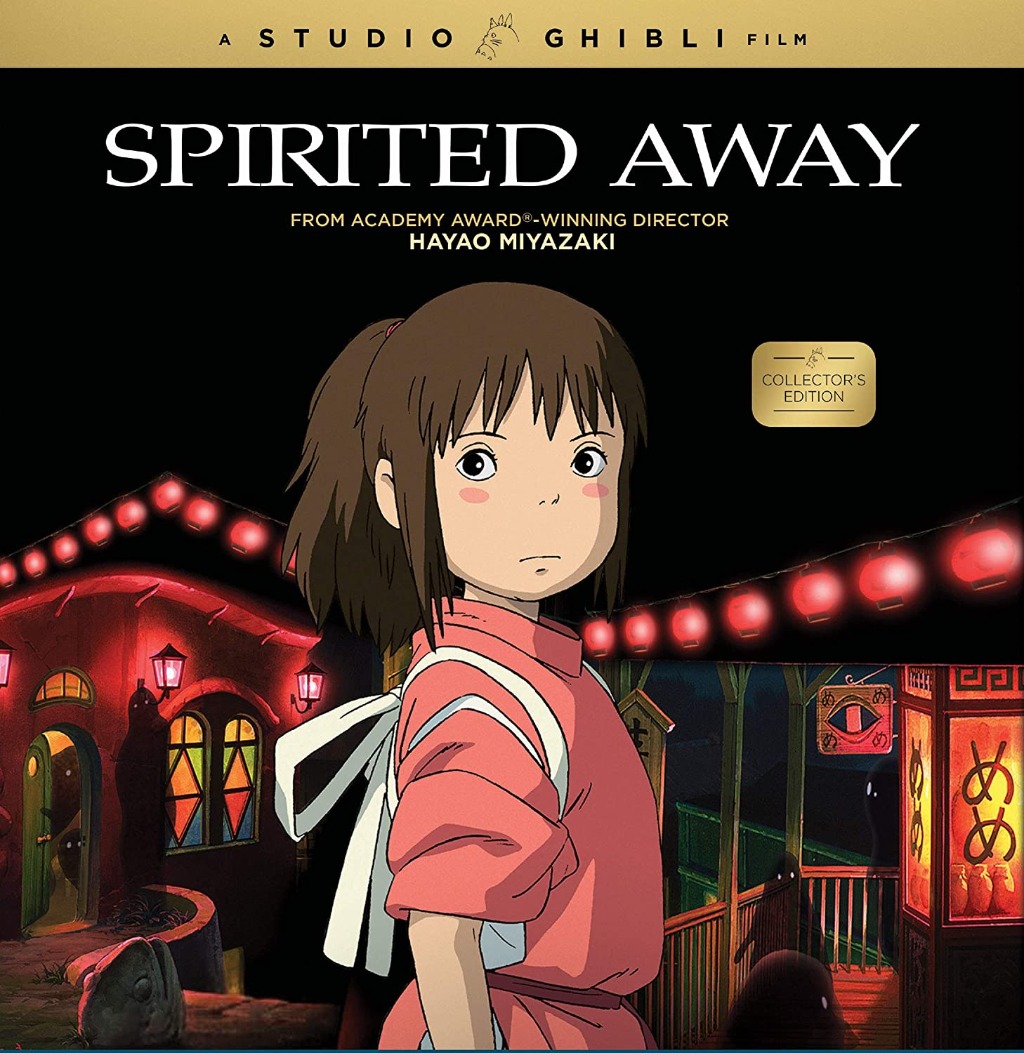Hey there writer pals, and welcome to Part 6 of my Inception to Completion series! This series is meant to guide you through the entire process of writing a novel. Last week we hit a very exciting part of the process—finishing the first draft.
So far everything we’ve talked about in this series has concerned your rough draft. We’ve discussed outlining, writing your first chapter, tackling obstacles along the way, and taking the time you need to tend to your mental health. After all those trials, you finally hit the blissful point where you realize that you’re done! You have managed to give your story a beginning, middle, and—most importantly—and end. When you hit this point, be sure to give yourself a pat on the back and take some time to celebrate. Completing a rough draft is a monumental accomplishment.
Unfortunately, finishing a rough draft and finishing a novel are not at all the same. You may be done with your first draft, but you have many weeks, months, or even years of editing and polishing ahead of you. I know this may seem daunting. But after all the work you put into the rough draft, you owe it to yourself and your story to make it the best story it can be.

I have mentioned the importance of taking breaks throughout the novel-writing process many times before, and I highly recommend that you take a step back after finishing your rough draft. Whenever I finish a novel, I try to put it out of my mind for six months.
This is a difficult task, and I have totally broken and read things over earlier than that. But the longer I wait, the easier editing seems to be. The more distance you get from a story, the less it seems like something you actually wrote when you go back to it. I’ve managed to go almost five months without looking at my most recently completed rough draft, and while I miss working on it desperately, I know the resulting objectivity will be worth it.
I have edited my fair share of novels over the years—for myself, friends, the clients of a literary agent I used to read for, and various freelance clients of my own. So I’ve managed to pick up on some of the most common overarching issues that I have come across as an editor.
Here are five of these issues to help you know what to look out for as you edit.

Pacing
I have yet to read a single rough draft that is perfectly paced, including my own. Pacing is such a tough thing to get right and usually requires a few rounds of editing. The biggest problem with pacing that I’ve encountered is slow pacing at the beginning. Some of this can be pretty inescapable, especially if you’re writing a fantasy or sci-fi novel that requires a lot of set-up.
But no matter the genre of your story, it is so important to get the story going as soon as possible. The Hunger Games series by Suzanne Collins has plenty of complex sci-fi and political elements to its world. And yet by page 20, Collins has already gotten to the book’s most emotional and central point of conflict—Katniss’s little sister being chosen to compete in the dangerous Hunger Games.
Starting out with high stakes will keep readers turning the pages. This is also especially important if you plan to query an agent. Most agents only ask for your first ten pages, and even if they request your manuscript, they tend to stop reading after fifty pages if they don’t feel engaged.

Underdeveloped Characters
For a reader to care about a story, there need to be compelling characters leading them through it. Too often I have read manuscripts where I felt I didn’t know enough about the protagonist to root for him, or where the love interest was little more than a pretty face with no personality.
If any of your characters end up feeling hollow as you edit, writing character sketches can be a good exercise. I know I have previously talked about character sketches as something you do during the brainstorming stage—and you should. But writing them at any point can help you get to know your characters better and give them more depth.

Lack of Plot
Often when writing a rough draft, you can get so caught up in world-building and developing your characters that you forget to give your story a real plot. Don’t worry—it happens to the best of us. In my first drafts, I always tend to focus too much on the characters and not enough on building a dynamic plot. And that’s okay! That’s what editing is for.
A way of dealing with this that I’ve found useful is writing flap copy. Flap copy is what would appear on the back cover of your book. This is also what you would write in a query letter, should you plan to go in that direction.
In 150-200 words you need to express who your protagonist is, what they want, and the obstacles standing in their way. Doing this exercise with one of my most recent manuscripts helped me realize how incredibly character-driven the story was and that I needed to add some real stakes to it.

Telling vs. Showing
This is a big one. In a first draft, a writer can often fall into telling the reader about a character or event instead of showing them. For example, a draft might read,
“Samuel was a cruel boy who would often taunt his classmates.”
I don’t know about you, but based on that sentence, I don’t really care about Samuel or the classmates that he bullies. A much more engaging way of displaying this dynamic would be to actually include a scene of Samuel being a bully. A scene like that would illustrate what Samuel is like without having to say so explicitly, and would likely be much more emotionally involving than flat exposition.
A great way to study telling vs. showing is by watching Hayao Miyazaki films. Miyazaki is a master when it comes to showing the elements of his story. Try watching Spirited Away or Nausicaä of the Valley of the Wind and see how much time is spent on explaining their worlds and characters, and how much is simply developed through the action.
Editing is one of the harder parts of the writing process. Even if you put your story away for six months, you’ll never be truly objective about your own novel. Not to worry, though! That’s what beta readers and critique partners are for, which is what we’ll be discussing next week.